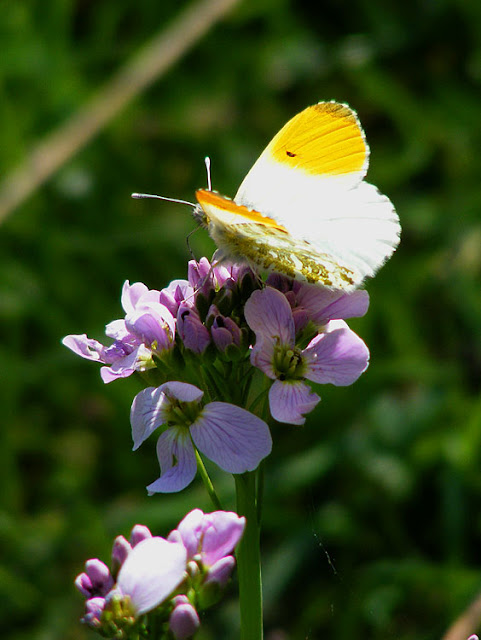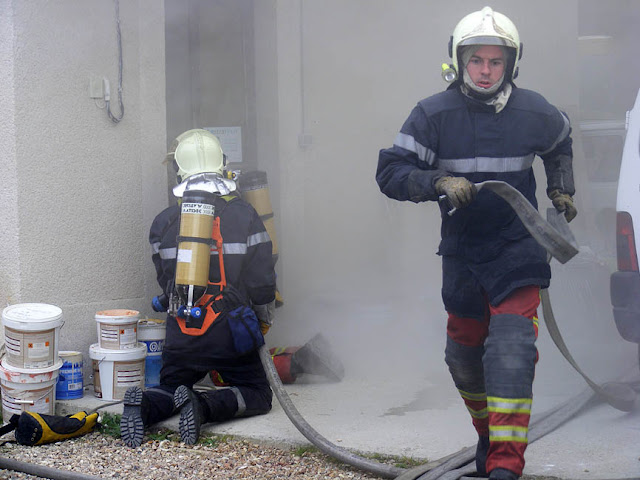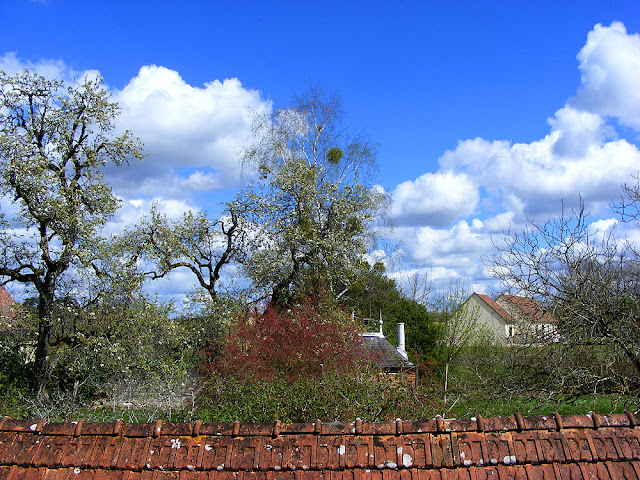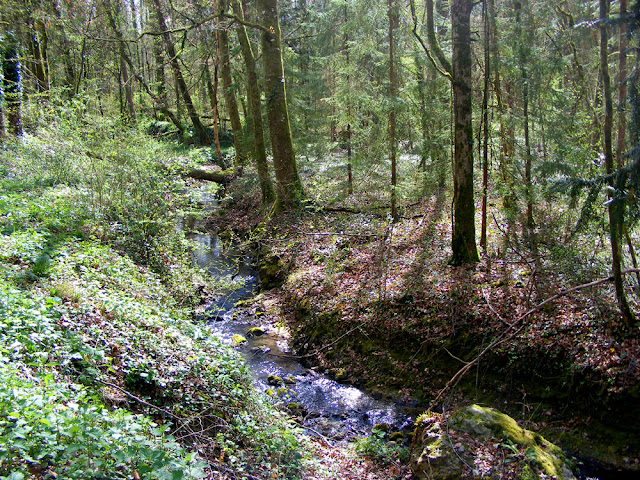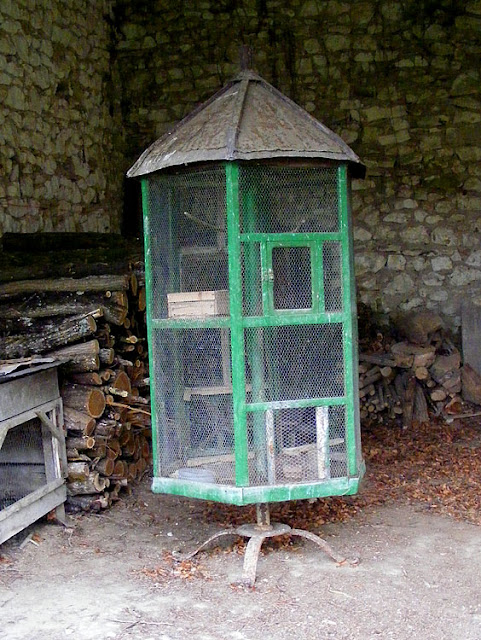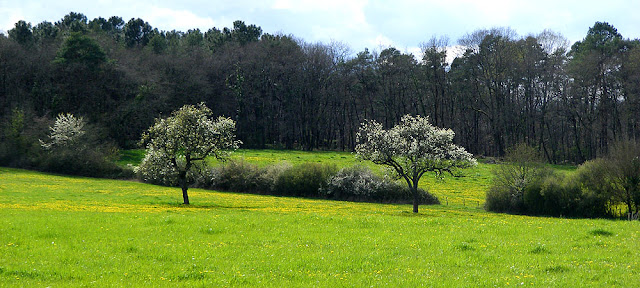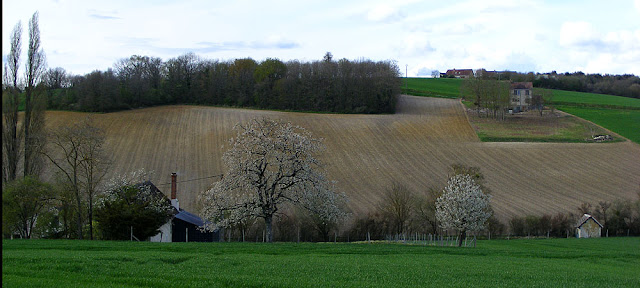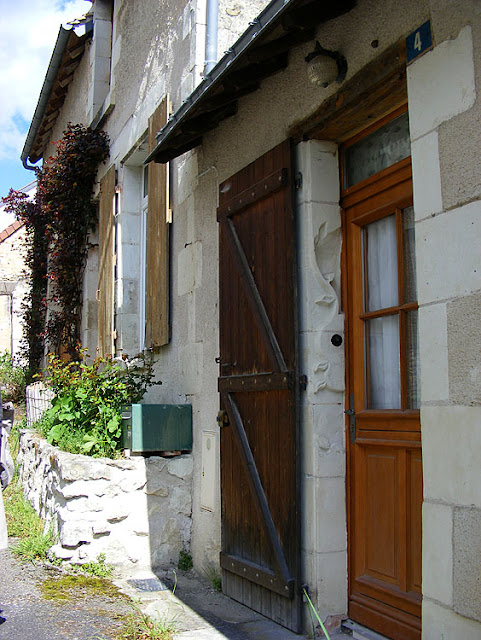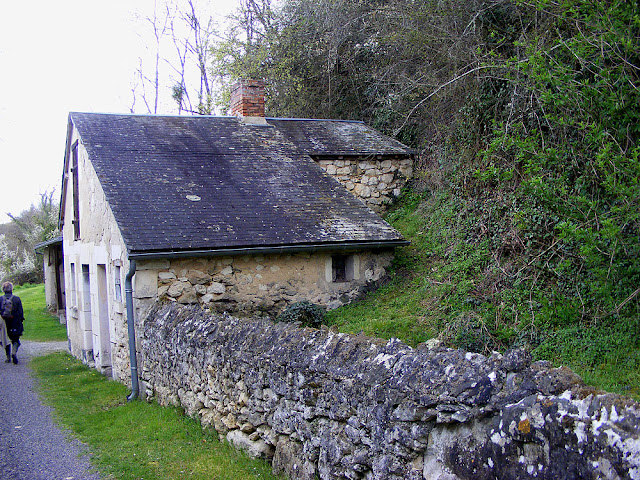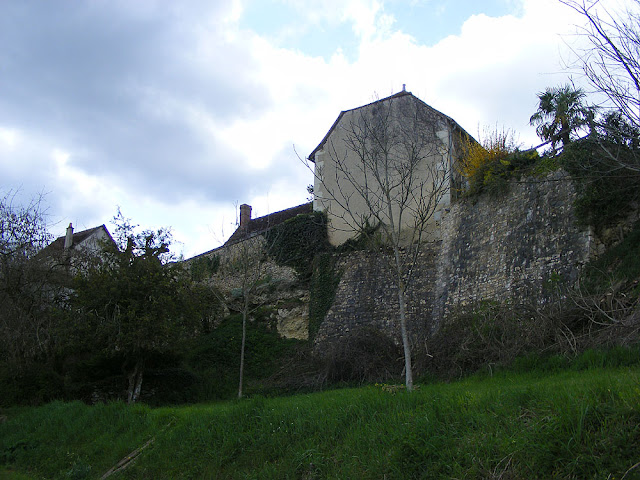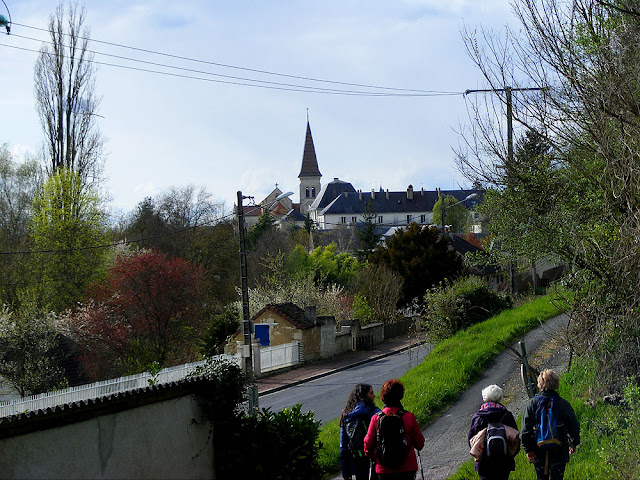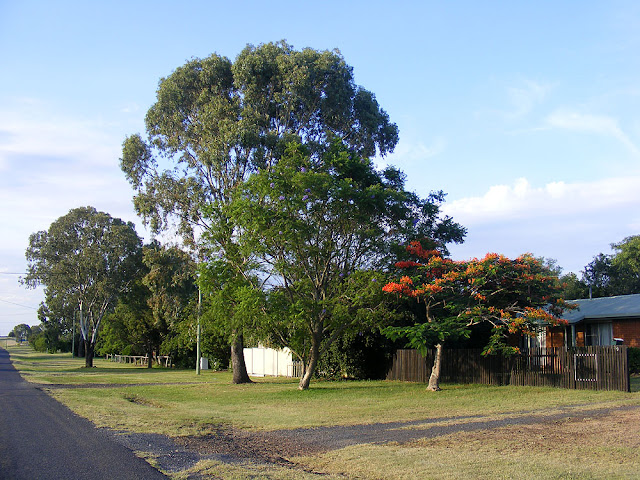You can't fool around with fire safety on large sites like the chateaux of
Amboise and
Chenonceau. Your equipment and training has to be up to date and meeting current best practice codes.
The fire in Notre-Dame de Paris has made everyone nervous and all the Loire chateaux are reviewing their procedures and equipment.
Local firefighters on exercises.
Like Notre-Dame de Paris, the big heritage sites follow strict rules in the matter of security, overseen by the State regulatory body whether the property is State or privately owned. The safety of people on site is paramount, and there must be sufficient equipment on site to enable the containment of the flames in the most rapid way possible. The Chateau of Amboise, for example, organises one or two fire exercises per year.
A local exercise to rescue an unconscious person from a smoke filled workshop.
Whether it is fire risk or terrorist attack risk, the procedures are similar and highly orchestrated. The sites are insured and the insurance companies monitor the chateaux's adherence to the rules. In addition to the regulations there is a written risk assessment done in conjuction with the fire brigade for each of the chateaux, with a very precise analysis of the potential risks and the equipment on site.
A fire damaged chateau roof is repaired.
Staff are trained for the event of a fire and each has their alloted tasks and role to play. The written evacuation protocol, for a chateau such as Amboise, also includes the priority works of art and artefacts. In these old listed buildings, protocols for maintenance work are also strictly laid out and adherence is monitored.
The remains of a fire damaged roof at the Chateau of Rivau, now turned into a memorial.
At Chenonceau, a chateau that receives 800 000 visitors a year, they must put in place the means to prevent risks. Like any other monument it comes under the 2005 fire prevention regulations and these days has even gone above and beyond what it is legally obliged to do. They have appointed a chief fire officer and two assistants to the staff, whose role is to conduct fire drills on a monthly basis and do daily checks of the alarm system and security lights, all of which is recorded in the safety register.
Chambord has a team of nine fire safety staff, plus access to all the mounted police based there.
Braising copper pipes would require a permit, and most likely would not be allowed at all.
The building has automatic detectors and sprinklers plus additional means of extinguishing a fire such as armed fire valves. Extinguishers are dotted about everywhere, there are fire hydrants and the site is equipped with a dry riser (a rigid pipe to which you can attach a fire hose), which allows the fire brigade to pump directly from the Cher. Chateaux and cathedrals pose particular technical problems for fire fighters and dry risers allow hoses to be fitted at different levels without having to run hoses up staircases or ladders.
Small spaces fire engine at Paris Montparnasse railway station
-- the sort of thing required for cathedral fires in old city centres.
In March last year Chenonceau conducted a major exercise with the fire brigade, simulating a fire in the attic, with an injured person. A month earlier, the chateau of
Blois had done a similar exercise. In October it was Chambord's turn.
Any external cleaning or building company doing work on site must be logged in and out, and must keep their own fire safety register. The chief security officer developed and manages the procedures. Companies are monitored before and after their work by the security officers and the work is certified on site three hours after it is finished. Any hot work eg soldering, requires a permit.
In the case of a fire the priority is the evacuation of people. From the sound of the alarm the staff at Chenonceau have three minutes to be in their positions and ready to act. The whole of the chateau personnel, which includes a lot of seasonal staff, is trained in evacuation procedures. This has to be particularly well rehearsed in these large old buildings where emergency exits may not be obvious to visitors. At Chenonceau the aim is to evacuate before the fire brigade arrive to fight the fire, but at Chambord, with more personnel, the aim is to simultaneously evacuate visitors and begin fighting the fire with extinguishers whilst waiting for the fire brigade to get there. The second priority is the removal of works of art, and there also, a written salvage plan is enacted.
************************************************
For details of our private guided tours of chateaux, gardens, wineries, markets and more please visit the
Loire Valley Time Travel website. We would be delighted to design a tour for you.
We are also on
Instagram, so check us out to see a regularly updated selection of our very best photos.


